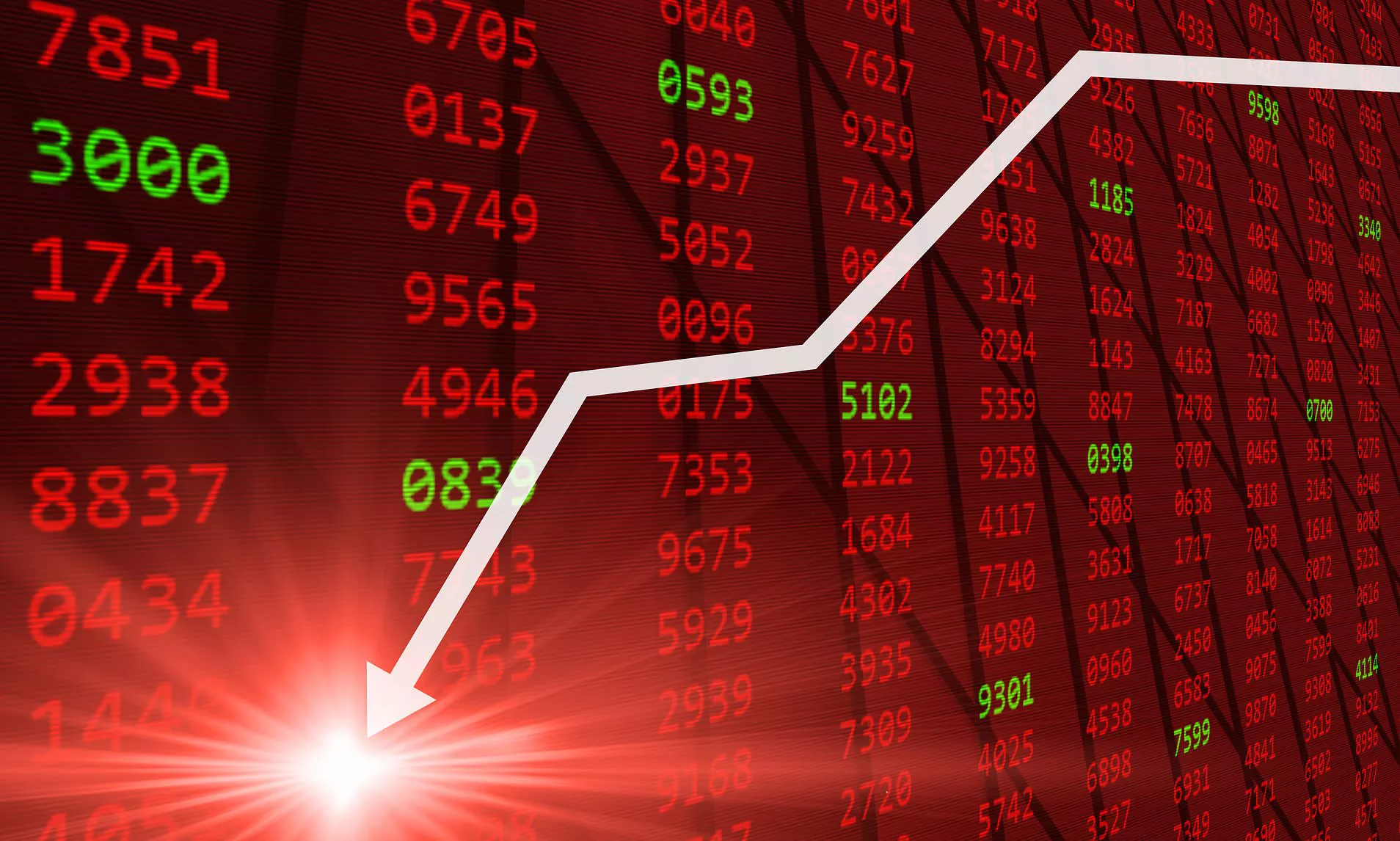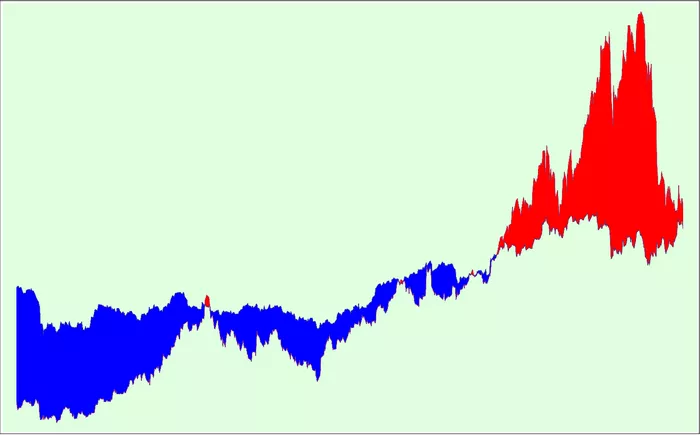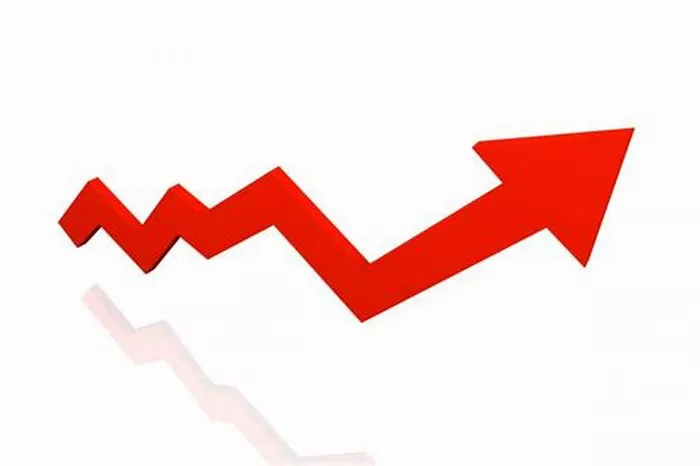Small-cap stocks, often considered the “underdogs” of the stock market, have garnered increasing attention from investors looking for growth opportunities. These stocks, typically characterized by their market capitalization (market cap), are seen as riskier but potentially more rewarding compared to large-cap or mid-cap stocks. However, one of the most frequent questions that investors ask is: how many small-cap stocks are there in total?
In this article, we will explore the definition of small-cap stocks, the criteria for identifying them, the factors that influence their numbers, and how investors can evaluate the landscape of small-cap stocks.
What Are Small-Cap Stocks?
Before diving into the number of small-cap stocks, it’s essential to understand what these stocks are and why they’re categorized as such. “Small-cap” refers to companies with a relatively small market capitalization compared to larger, more established firms. Market capitalization is calculated by multiplying a company’s current stock price by its total number of outstanding shares.
Definition of Small-Cap Stocks
The general consensus is that small-cap stocks have a market capitalization between $300 million and $2 billion. However, the exact range can vary depending on who you ask or the market in which the stock is listed. For instance:
In the U.S. stock market, small-cap stocks are typically defined as companies with a market cap of between $300 million and $2 billion.
Some financial experts may extend the upper limit to $5 billion, placing the boundary of small-cap stocks higher.
Other countries or markets might adjust the thresholds based on their specific economic context and market structure.
These stocks are often in the early stages of their business lifecycle and may have room for significant growth. However, they can also be more vulnerable to market fluctuations, making them riskier investments than their large-cap counterparts.
Market Capitalization and Risk Profile
Small-cap stocks generally carry a higher risk profile than larger stocks. This is due to several factors, including their limited access to capital, fewer resources, and a lower degree of financial stability. As a result, these stocks are more susceptible to volatility, especially in challenging economic conditions.
However, this higher risk often correlates with the potential for higher rewards. Many small-cap stocks experience rapid growth and can outperform their larger counterparts if they succeed in expanding their business models or entering emerging markets.
How Many Small-Cap Stocks Are There?
The question of how many small-cap stocks exist is not as straightforward as it may seem. The number of small-cap stocks can vary widely depending on the market segment, index, or country you are considering. Additionally, small-cap stocks are constantly changing as companies grow, get acquired, or go out of business.
The Number of Small-Cap Stocks in the U.S.
In the U.S., small-cap stocks make up a significant portion of the total stock market. However, they are fewer than large-cap stocks and mid-cap stocks combined. The number of small-cap stocks can fluctuate from year to year, but according to various data sources:
The U.S. stock market includes over 2,000 small-cap stocks, though this number can change based on the economic environment and stock market performance.
Small-cap stocks are spread across various sectors, including technology, healthcare, consumer goods, energy, and financial services, although certain sectors (e.g., technology and biotech) tend to have a higher concentration of small-cap stocks.
Small-Cap Stocks in Other Markets
Globally, the number of small-cap stocks differs depending on the region. In some emerging markets, small-cap stocks make up a larger portion of the stock market compared to developed markets like the U.S. or Western Europe.
For example:
Asia-Pacific markets, particularly in countries like China, India, and Japan, have a large number of small-cap stocks, especially in rapidly developing sectors such as technology, consumer services, and renewable energy.
European markets, while typically having fewer small-cap stocks than the U.S., still feature thousands of small-cap companies, particularly in sectors such as luxury goods, automotive, and pharmaceuticals.
The number of small-cap stocks in any given market depends on the maturity and size of the local economy. More developed economies tend to have a higher proportion of large-cap stocks, while emerging markets often see more small-cap companies as they develop their economies.
Factors Affecting the Number of Small-Cap Stocks
Several factors influence the number of small-cap stocks in a given market or region. Understanding these factors can help investors gain insights into the dynamics of small-cap investing and why the number of small-cap stocks fluctuates.
1. Economic Growth
In a growing economy, more companies tend to emerge and go public. As businesses expand, they may initially have small market caps and therefore qualify as small-cap stocks. For instance, during periods of technological innovation, such as the rise of the internet in the late 1990s, many technology startups went public with small market caps, adding to the pool of small-cap stocks.
On the other hand, economic recessions or slowdowns can lead to a decrease in the number of new businesses being formed or public companies being created, which may reduce the number of small-cap stocks available.
2. Mergers and Acquisitions (M&A)
Mergers and acquisitions are a common feature of the stock market. Small-cap companies are often acquired by larger companies or merged with other firms. When this happens, the small-cap company is removed from the stock market, and its market cap may no longer fit the “small-cap” category. This process can reduce the overall number of small-cap stocks available.
3. Stock Market Listings and Delistings
Companies are constantly entering and leaving the stock market. Firms that go public with smaller market caps initially may eventually grow into mid- or large-cap companies. Conversely, companies that experience financial difficulties or underperform may be delisted from major stock exchanges, reducing the pool of available small-cap stocks.
Additionally, some small-cap companies may choose to go private or be taken over by larger entities, reducing the number of stocks in the small-cap category.
4. Index Definitions and Changes
The number of small-cap stocks can also depend on how small-cap stocks are defined by index providers and stock market participants. Different indexes classify companies into various categories based on market cap. For example:
The Russell 2000 Index tracks the performance of the 2,000 smallest stocks in the Russell 3000 Index, which represents the broad U.S. stock market.
The S&P SmallCap 600 includes 600 small-cap stocks from the broader S&P 1500.
Changes to the criteria for these indexes, such as revisions to the market cap thresholds, can impact the number of small-cap stocks included in these benchmarks.
5. Investor Sentiment and Market Trends
The number of small-cap stocks can also be affected by investor sentiment. During bull markets or periods of high risk tolerance, investors may flock to small-cap stocks, leading to a rise in the number of new small-cap companies being listed. During bear markets or economic downturns, investor sentiment may shift away from riskier small-cap stocks, reducing demand for them.
Evaluating Small-Cap Stocks
When evaluating the potential of small-cap stocks, it’s essential to understand the unique challenges and opportunities these stocks offer. Although small-cap stocks have the potential for high returns, they also come with higher volatility and risk.
Key Metrics for Evaluating Small-Cap Stocks
Investors looking to invest in small-cap stocks often rely on a few key metrics to identify promising candidates:
Revenue Growth: Small-cap companies with strong revenue growth are more likely to succeed and expand into mid- or large-cap status.
Earnings Growth: Positive earnings growth is a sign that the company is becoming more profitable, which is essential for small-cap investors.
Debt-to-Equity Ratio: Small-cap companies with high debt levels may be more vulnerable to financial instability, particularly in times of economic downturns.
Management Quality: Strong leadership can make a big difference for small companies, and investors should look for companies with experienced management teams.
Risks of Investing in Small-Cap Stocks
Despite their growth potential, small-cap stocks also come with risks. These include:
Volatility: Small-cap stocks are prone to large price swings due to limited liquidity and market depth.
Limited Resources: Small-cap companies may have fewer resources, making it harder for them to weather economic downturns.
Competition: Many small-cap companies operate in competitive industries, and their ability to outperform larger rivals is often uncertain.
Conclusion
The number of small-cap stocks in the market is not static and can fluctuate depending on a variety of factors, including economic conditions, mergers and acquisitions, and changes in market definitions. In the U.S. alone, there are typically over 2,000 small-cap stocks, although this number can vary over time.
Small-cap stocks can be an attractive investment for those looking to capitalize on the potential for significant growth. However, they also come with higher volatility and risk compared to mid-cap or large-cap stocks. Investors should carefully evaluate small-cap stocks based on their growth potential, financial health, and risk profile before committing capital.
Whether you are a seasoned investor or someone new to the stock market, understanding how many small-cap stocks are out there and how they operate can help you make more informed decisions.
Related topics:
























